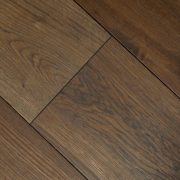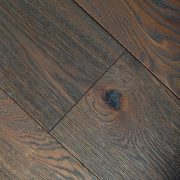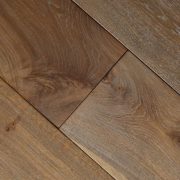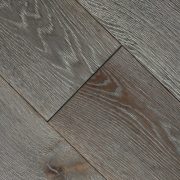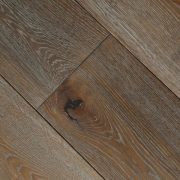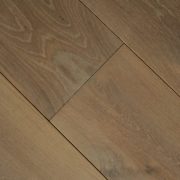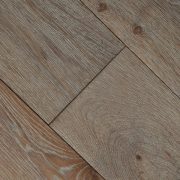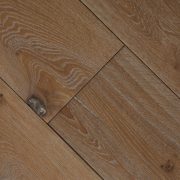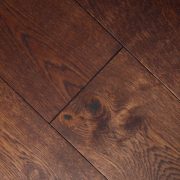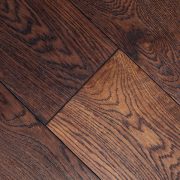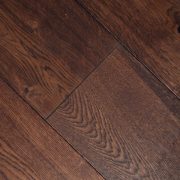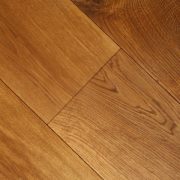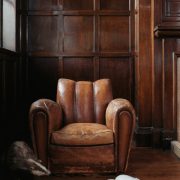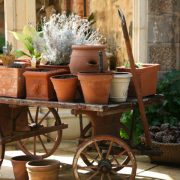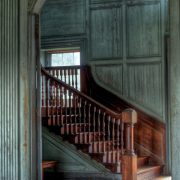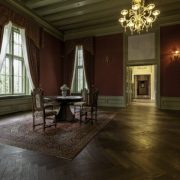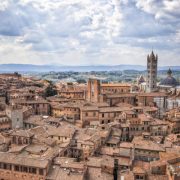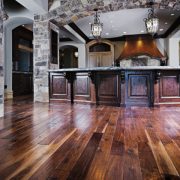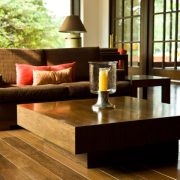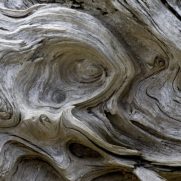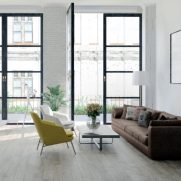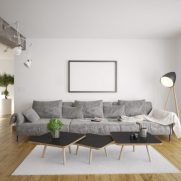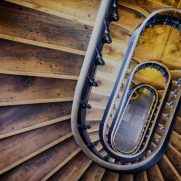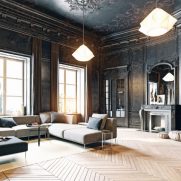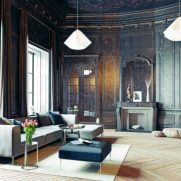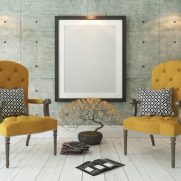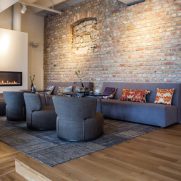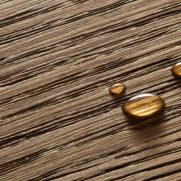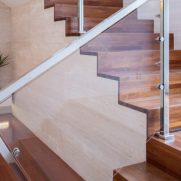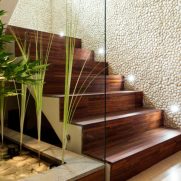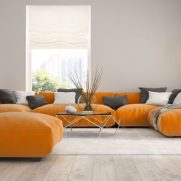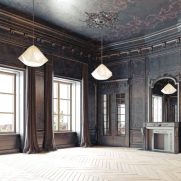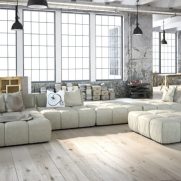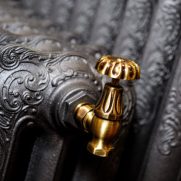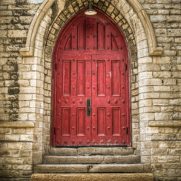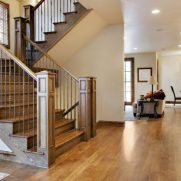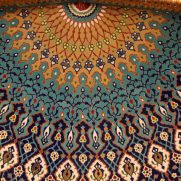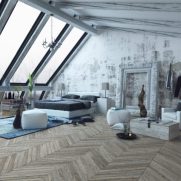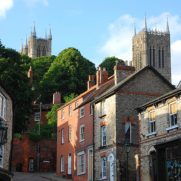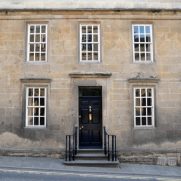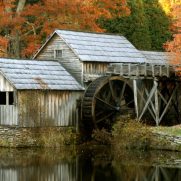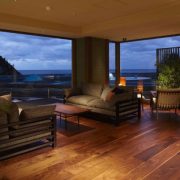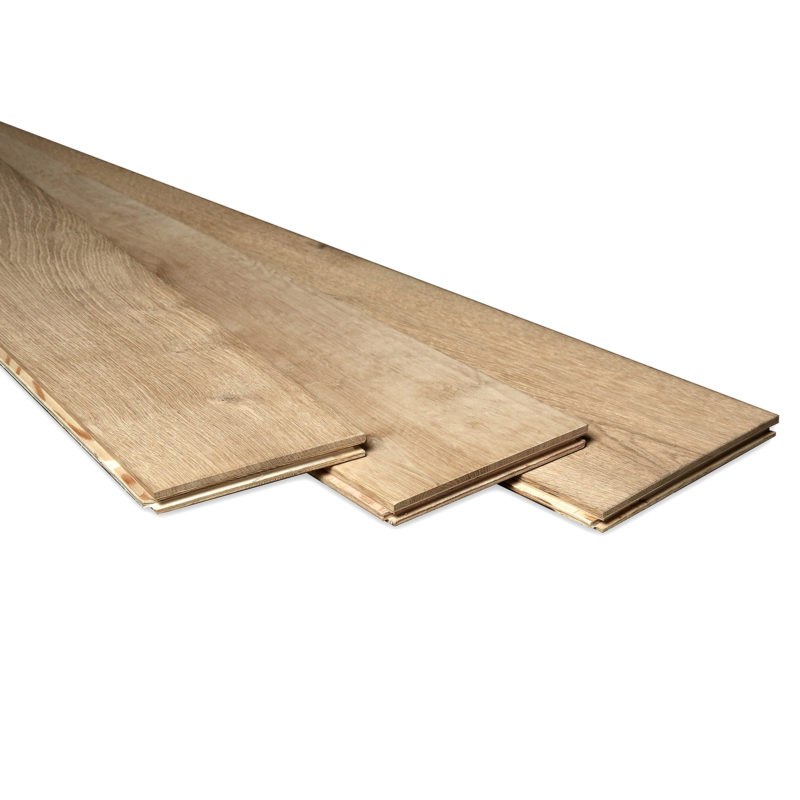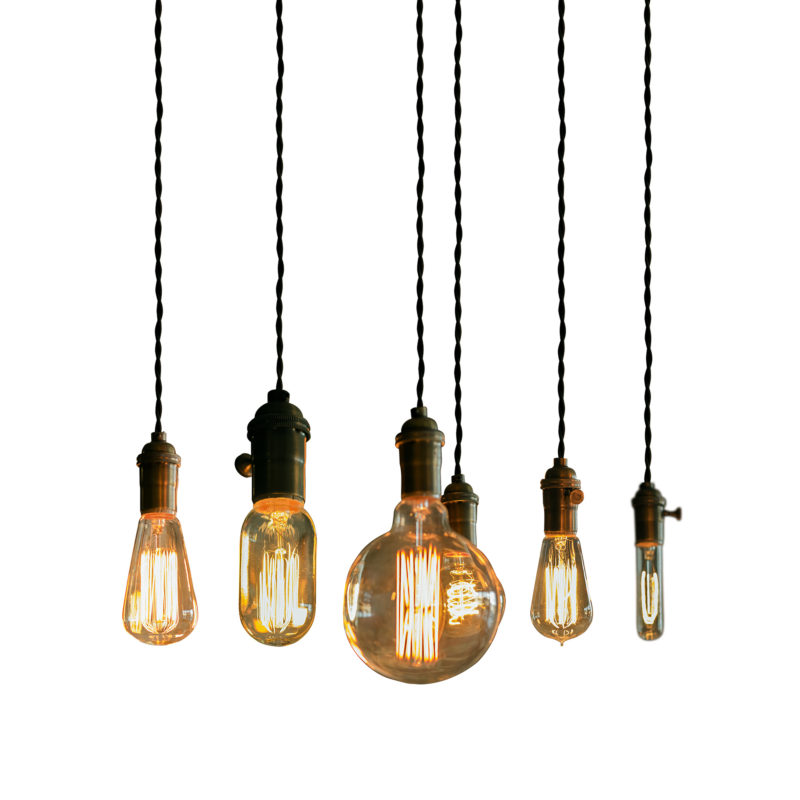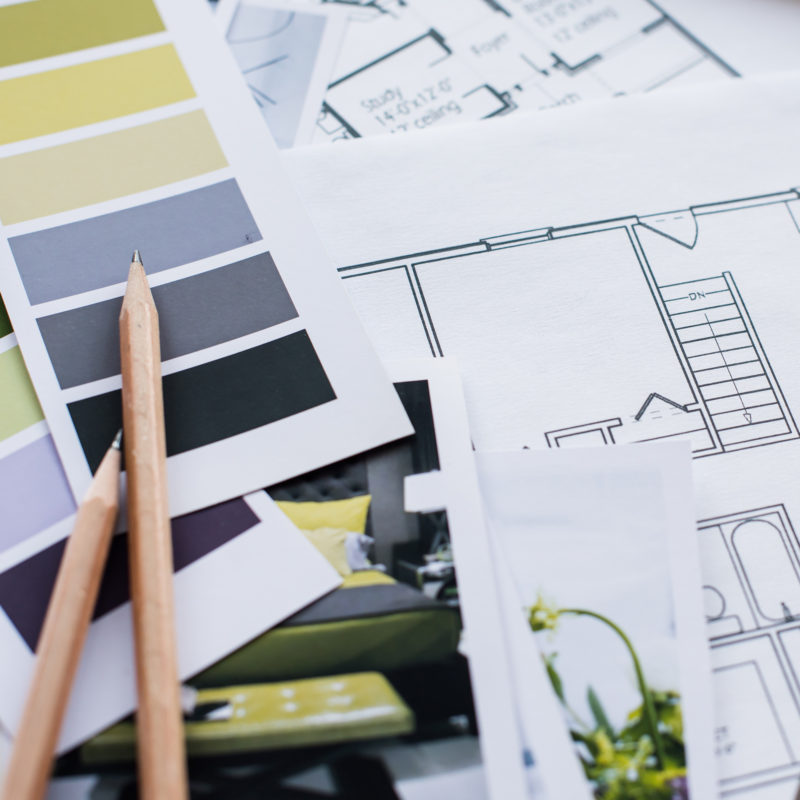

Starting with a blank canvas
Starting with a clean slate can be both the easiest, and most difficult place to start a design project. With the correct preparation and strong views about what you’d like to achieve, having a blank canvas is a fabulous base to work from. But if your mind becomes slightly clouded about what your goals are, it can quickly become a nightmare of indecision and mixed finishes.
Our feeling is; preparation and clear design goals are the perfect base when starting a fresh. Luckily, there is a wealth of information out there if you know where to look for it. There are a myriad of interior design magazines that offer fabulous insight in to other peoples homes (don’t be afraid to use other peoples good ideas in your own project!), as well as expert advice on how to achieve certain styles. For more specific aspects of the design use the resources available on manufacturers websites; paint makers are a great place to start for colour inspiration (Farrow & Ball have a great website called The Chromologist) and you need look no further than our very own Rafe Olsen website for a helping hand with your hardwood flooring. Finally, the advent of social media has made sharing stunning design ultra fashionable and offers great ideas for all interior design aspects. Pinterest and Houzz are particularly useful.
Mood boards work exceptionally well at bringing design concepts, colours and textures together to provide a snapshot of what your finished project may look like. They’re incredibly easy to put together and are often as important for showing up things that don’t work, as much as those that do.
When considering your flooring, there are a few key considerations to make. These can go a long way towards finishing your project with a floor that really pulls all other design aspects together. Firstly consider the texture of your wood flooring; the more distressed a board is, the deeper and more intense the colour. The distressed boards also have an aged feel underfoot. If you are looking for a clean and contemporary feel, stick with smooth or lightly brushed floors. Secondly, think carefully about the colour. Are you looking for a floor that makes a statement for the whole room or something that almost disappears seamlessly in to the interior. Try to consider the flooring as a major part of the colour scheme, like you would with the walls and ceiling. Lastly, consider how your floor will work with the furniture on your wish list. Try to avoid mixing too many natural wood colours unless they are all in the same tone.
Above all else, remember it’s your project. Add your own stamp on it if you can, but as long as you are happy with the outcome, nothing else matters!
